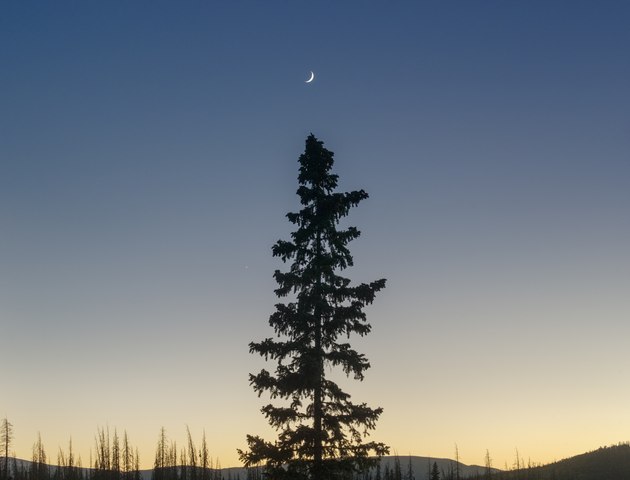Above the historic silver mining town of Creede, Colorado, an 11,000-foot plateau skirts the San Juan Mountains of southern Colorado. One summer day in the 1980s, I hiked from an abandoned sawmill through ancient groves of blue-green spruce. The La Garita Wilderness I entered appeared to float above the world. La Garita is Spanish for "lookout," aptly describing a wondrous panorama of snowmelt creeks deeply incised through the gentle terrain and jagged summits that etched the horizon. Bands of sheep driven by Basque sheepherders on horseback followed the "stock driveway" trail to mesas above the treeline, feeding on thick grass fields watered by the monsoon season’s afternoon showers.
Thirty years later, the landscape dramatically changed. The Spruce Beetle Epidemic killed vast stands of Engelmann spruce due to an old forest structure already stressed by disease that spread to otherwise healthy trees weakened by extended drought and a warmer climate. Today, though the epidemic has slowed – killing almost all the trees susceptible to the outbreak – it continues in isolated pockets.
Younger trees were unaffected by the beetle invasion. Standing alone, bordered by the gray skeletons of dead spruce, this fledgling tree thrives. Within the once dark and dense stands, sunlight reaches the forest floor, ground vegetation flourishes, creating healthy habitats for wildlife, seedlings become saplings, and the forest regenerates.
- James Baker

